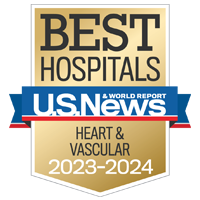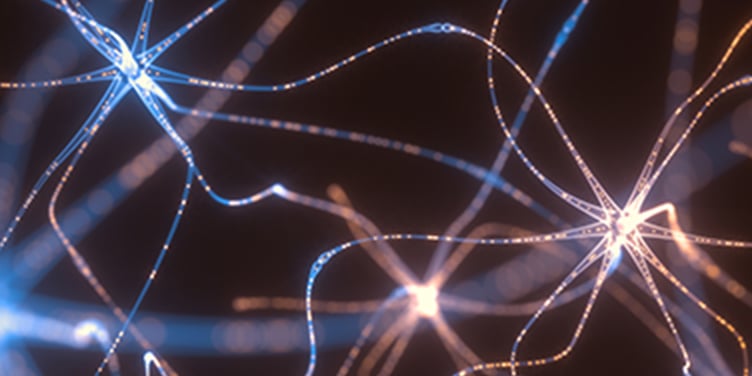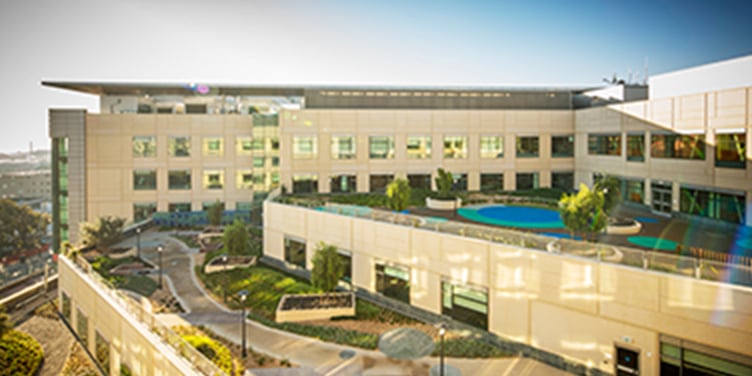Carotid Artery Disease

Overview
Blockages in the carotid arteries, which supply the brain with blood, cause about 25 percent of preventable strokes, one of the most feared illnesses of the elderly. These blockages are caused by atherosclerosis or hardening of the arteries.
In its early stages, carotid artery disease may not have any symptoms until you experience what's commonly called a "mini-stroke" or transient ischemic attack (TIA). If your doctor suspects you have carotid artery disease, it can be easily diagnosed using ultrasound or other imaging technology.
Our approach to carotid artery disease
UCSF offers compassionate, cutting-edge care for patients with carotid artery disease, a major cause of preventable strokes. For less serious cases, the treatment plan may include lifestyle changes, medications and careful monitoring of the narrowed artery. If the condition progresses, we offer traditional surgery as well as a less invasive option, called balloon angioplasty and stenting, to remove the blockage and restore normal blood flow. UCSF's vascular surgery program has performed carotid artery surgery to prevent strokes for more than five decades.
Awards & recognition
-

Among the top hospitals in the nation
-

One of the nation's best in cardiology and heart & vascular surgery
Signs & symptoms
Carotid artery blockages are caused by hardening of the arteries, called atherosclerosis. Risk factors for atherosclerosis include:
- Diabetes
- High blood pressure
- High cholesterol
- Smoking cigarettes
Strokes occur when pieces of the diseased artery break off and travel into the brain, eventually blocking blood flow, causing part of the brain to die. This can either cause a full-blown stroke, resulting in permanent neurological problems in a minority of people, or a transient ischemic attack (TIA), which produces the same symptoms as a stroke but resolves in less than a day, often in a matter of minutes.
Symptoms of both stroke and a transient ischemic attack (TIA) include:
- Weakness or paralysis of a limb or one side of the body
- Inability to speak or articulate clearly
- Blindness or other visual changes in one or both eyes
Along with atherosclerosis, there are other less common conditions that also can affect the carotid arteries, including:
- Aneurysms or swelling of the artery
- Carotid artery dissections, where the wall of the artery splits
- Carotid body tumors, which are tumor that arises from and involves the carotid arteries
- Fibromuscular dysplasia, an inflammatory condition of the artery
- Inominate artery disease, or blockages in an artery below the carotid artery
- Recurrent blockages after prior carotid artery surgery
Diagnosis
Carotid artery blockages can be diagnosed easily with ultrasound imaging, a painless and safe procedure that is performed on an outpatient basis.
If a more detailed image is needed to determine if surgery is required, your doctor may order other tests such as:
- Computerized tomography (CT) scan
- Magnetic resonance angiogram (MRA)
If you think you're experiencing symptoms of a stroke or a transient ischemic attack, you should contact your doctor immediately.
Treatments
Mild to moderate blockages in the carotid artery are treated with medications called antiplatelet agents, such as aspirin, that block the formation of blood clots. In addition, treatment involves identifying and reducing risk factors, such as cigarette smoking and high blood pressure.
Ultrasound studies are repeated over time to monitor the blockage.
Surgery
If your carotid artery disease progresses, you may need surgery.
A number of large studies in the 1990s demonstrated that surgery — called carotid endarterectomy — was the best treatment for reducing the risk of stroke in patients with severe blockages in the carotid arteries. Research continues, however, on new, less invasive procedures, such as carotid artery stenting.
Carotid artery endarterectomy involves:
- Opening the artery
- Removing the plaque that is causing the narrowing
- Closing the artery, usually with a synthetic patch
During surgery, a temporary bypass is often used to allow blood to flow around the area of surgery as it travels to the brain.
Not all patients are candidates for surgery, particularly those patients who are in overall poor health or have other health issues.
Balloon angioplasty and stents
Other new non-surgical options to treat blockages in the carotid arteries include balloon angioplasty and stents. Both of these procedures use a catheter-guided balloon, inflated in the blocked area, to open up the carotid artery.
A metal stent may be inserted to help keep the artery expanded.
Currently, angioplasty and stents are recommended only for patients who aren't candidates for conventional surgery because the risk of stroke during the procedures and the long-term results are still being studied.
UCSF Health medical specialists have reviewed this information. It is for educational purposes only and is not intended to replace the advice of your doctor or other health care provider. We encourage you to discuss any questions or concerns you may have with your provider.





























